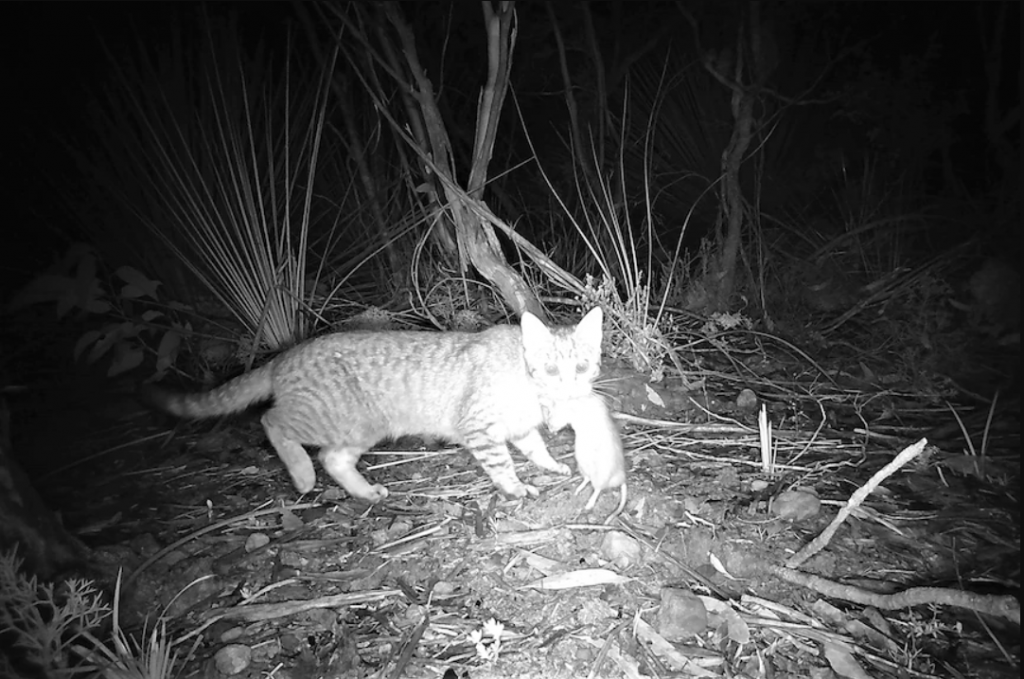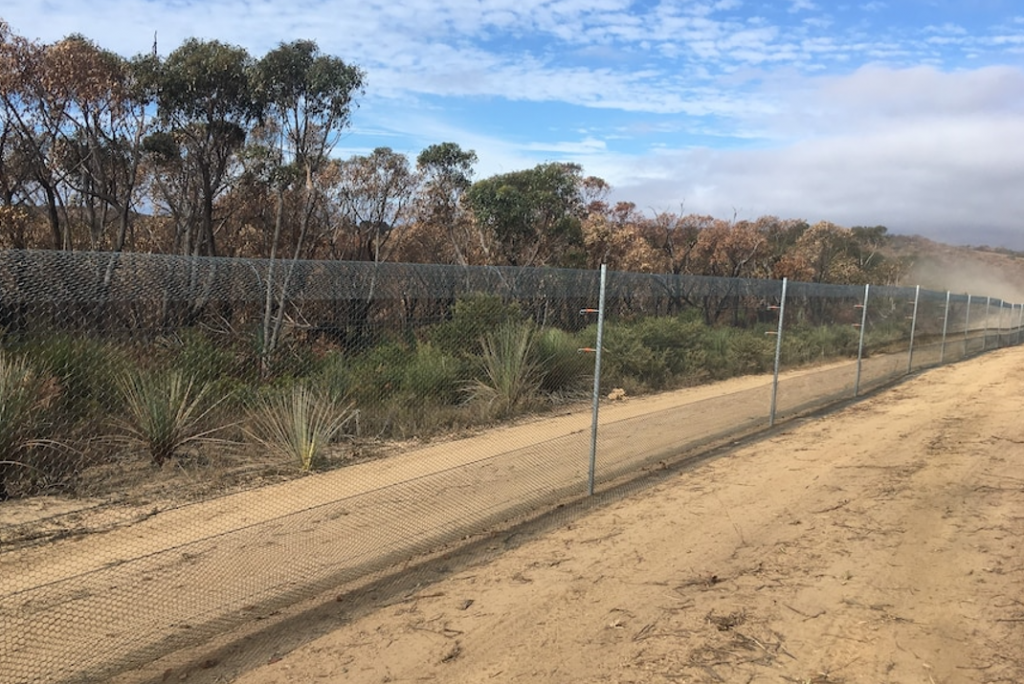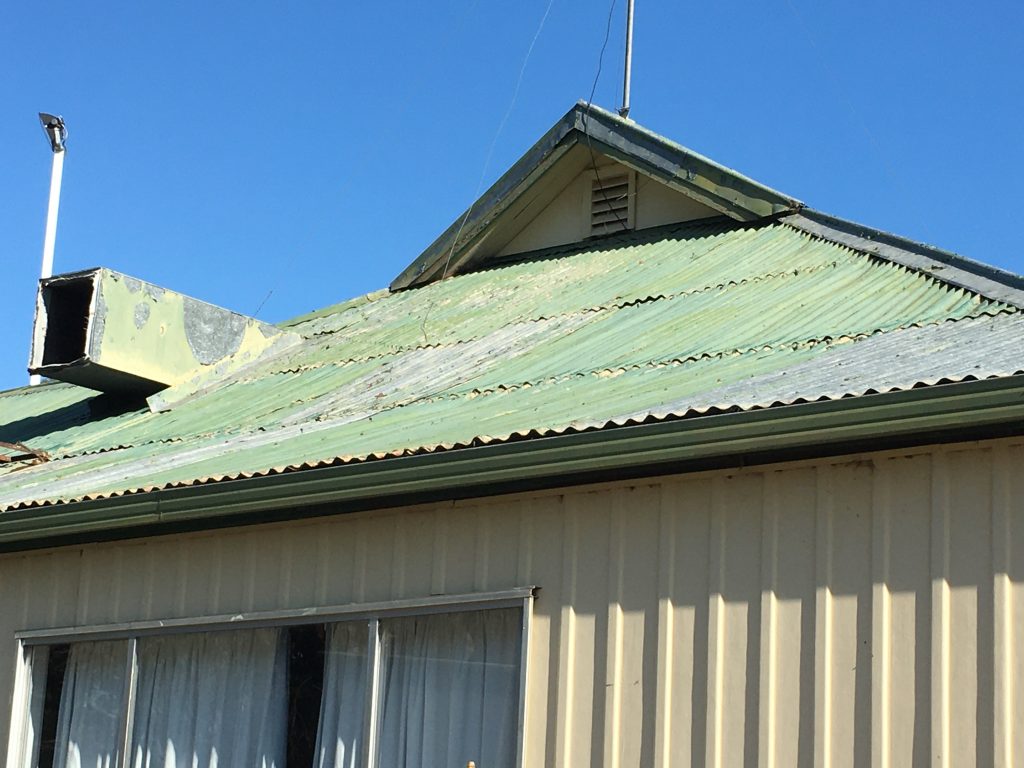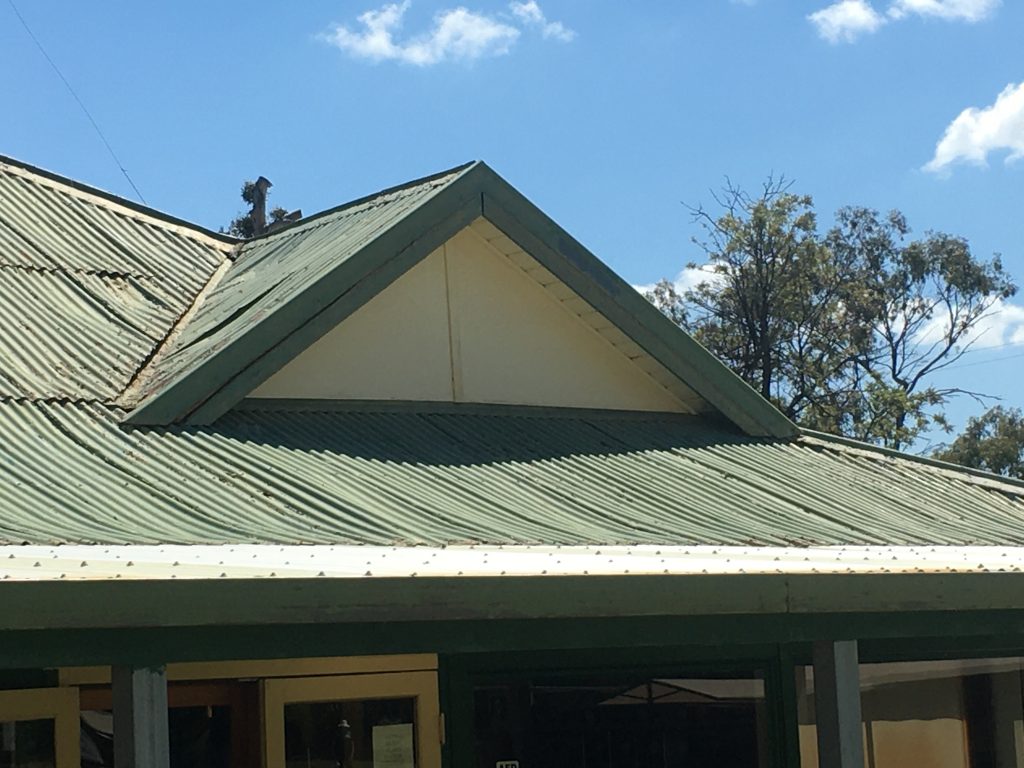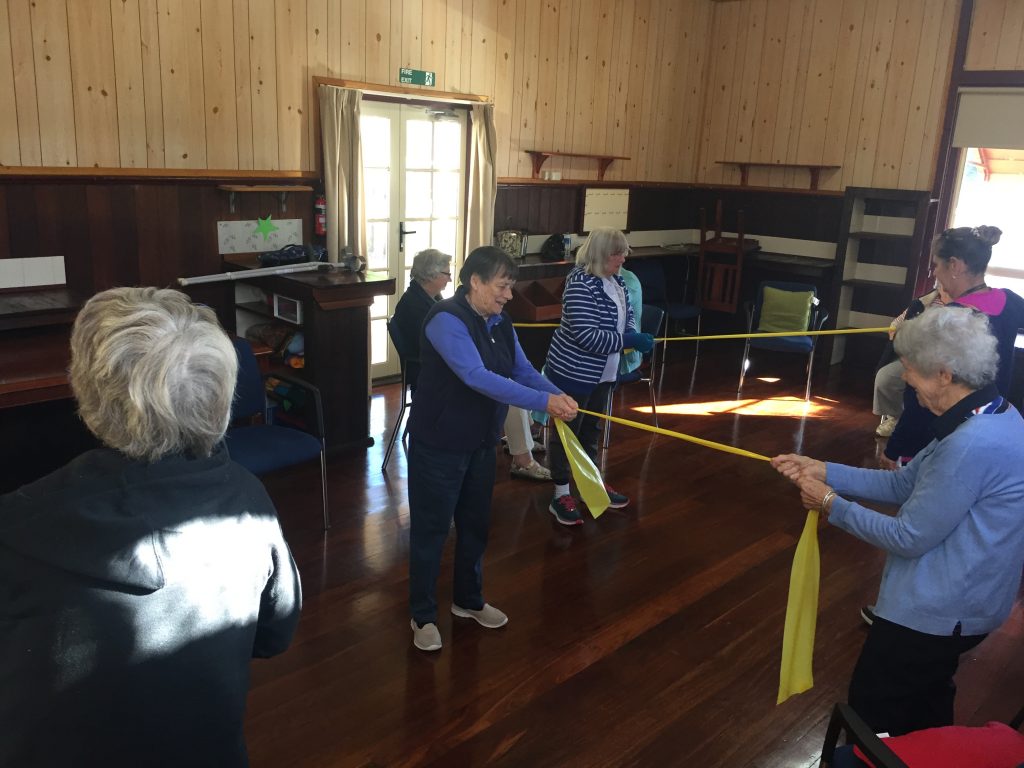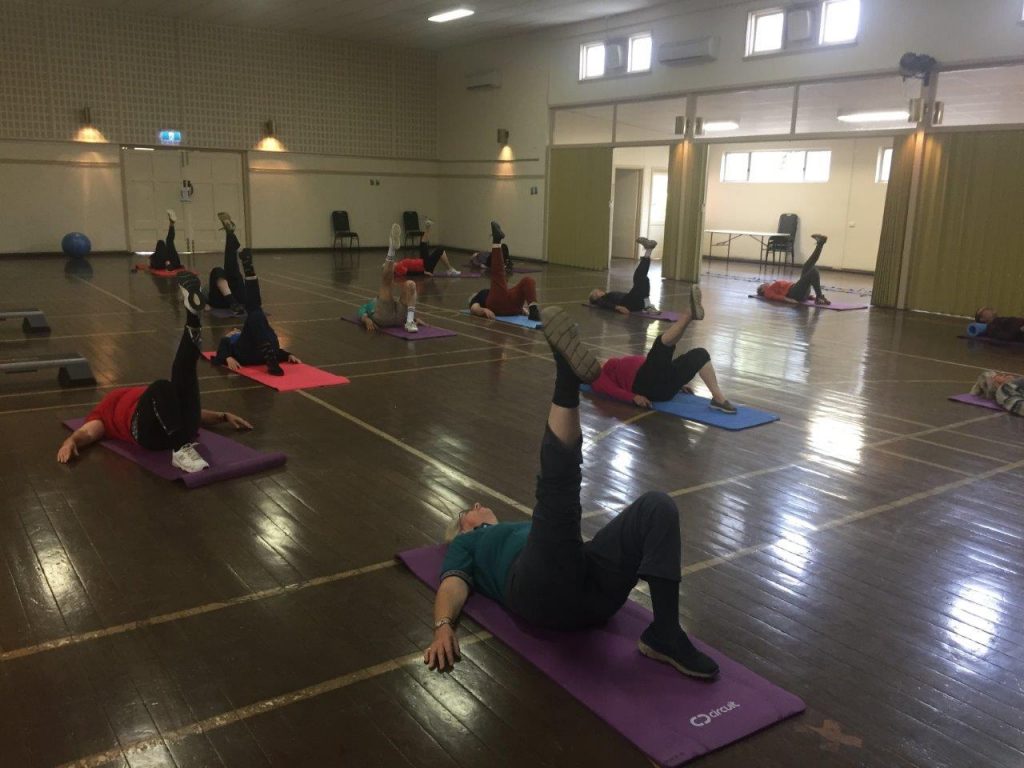Foundation for Rural & Regional Renewal (FRRR)
Residents of the severely drought-hit Marra Creek community, in NSW, have traditionally had to travel up to 250km to see a movie or drive 80km to the nearest hotel for social get-togethers.
The Marra Creek Public School Parents and Citizens Association decided things needed to change and set about creating an option for locals to enjoy pizza and a movie closer to home.
The school, located on the North West Plains, is one of the smallest in NSW, with a current enrolment of seven students, making it very isolated. Thanks to the ongoing and severe drought conditions in the area, the Marra Creek community has struggled with fundraising for workshops and events for local people.
P&C President Will Woolcock said the project aimed to combat isolation and bring the widespread district – which spans Bogan, Brewarrina and Warren – closer together to reconnect, strengthen community spirit, relax and enjoy a break.
“Between the lack of water and rain for crops, constantly feeding animals and financial difficulties, our community has had very little chance to get together,” he said.
With the help of a $5,000 Aussie Cotton Farmers Grow Communities Grant, their wish for a pizza oven and movie equipment for the school was been granted. The grant covered a media projector, outdoor screen, sound system, set top box and satellite dish as well as a pizza oven at the school.
This means the community is now able to gather locally for social activities including film nights and watching major sporting events, although COVID-19 brought additional issues and delayed the launch event and initial planned activities.


The resolution of issues causing frequent flooding of the carpark for the Burrum District Community’s Men’s Shed in Howard, QLD, has enabled more seniors to have safe access to opportunities to learn new skills with like-minded community members.
The carpark was flooding constantly due to weather issues and stormwater runoff, making access to steps and a ramp difficult for senior members, meaning some were not able to visit the shed.
A $2,200 FRRR Strengthening Rural Communities grant funded drainage and an all-weather carpark. Members also contributed by pitching in to clean up weeds – a project that need to be repeated when the project was stalled due to COVID-19 closures of the facility.
Burrum District Community Men’s Shed President Mark Wake said the facility provides a safe, friendly and healing environment with the emphasis on men’s health and encouraging social inclusion. Members can work on meaningful projects at their own pace, in their own time and in the company of others.
“The shed provides a friendly, relaxing environment that encourages men and assists with social isolation. It also provides support in times of bereavement, ill health, redundancy and other life changing events,” he said.
“The success of this project will see our shed becoming a welcoming environment in any weather as a drop-in centre for lonely, isolated men in the community,” Mr Wake said.
Among the improvements are access to the main shed during inclement weather, wheelchair access to the ramp and access to the metal work shed. An additional benefit was an increase in usable off-street parking leading to an increase in membership and community members inquiring about other services such as woodwork lessons.
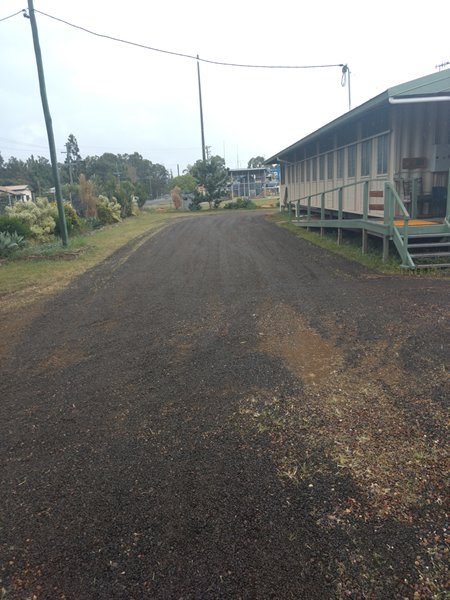
Just off the South Australian mainland you will find Kangaroo Island (KI). Australia’s third largest Island, KI is known for its stunning nature reserves and wildlife. During the 2019/20 bushfires, the flora and fauna of KI was severely impacted. Around 210,000 ha was burned, which destroyed numerous bushland patches of reserves and private property. The true damage of what this has done to the environment and its habitats is still being determined; it may take years to properly understand the impacts.
With this in mind, all remaining vegetation across KI is now considered to be highly important for conservation. Protecting the wildlife that live within these bushland areas is a high priority to organisations like the Nature Foundation. Their vision is to inspire people to connect with and conserve the natural habitat of South Australia for future generations. The Nature Foundation is involved in a number of projects that educate the broader community, provides scientific research and raises funds and awareness for their conservation work.
One of their more recent and ongoing projects is completely eradicating feral cats from Dudley Peninsula, which is located on the eastern side of the Island. Conservationists report that the feral cats living on KI are preying on small animals and birds that are already under threat from the mass loss to their habitat after the bushfires. They are also known carriers of parasitic diseases (Sarcosporidiosis and Toxoplasmosis), which have caused economic impacts on the island’s primary producers. These diseases are known to affect sheep across the island.
To help reduce the numbers of feral cats, the Nature Foundation received a $25,000 Strengthening Rural Communities (SRC) grant, which was funded by the Fire Fight Australia Fund from donations received during the concert for national bushfire relief in February 2020. The SRC grant was used to purchase and install equipment needed to monitor the cat numbers and their movements around the peninsula. The Nature Foundation has built a cat proof fence that separates the peninsula from the remainder of the Island. They made sure to include gaps in the fence so other wildlife like Kangaroos can get through to the other side. The cameras were installed at the fence breaks to monitor the effect of the fences and to determine the best way to control feral cat numbers.
Since installing the fence and the cameras, it has been reported that numbers and diversity of species within the enclosed area have almost doubled. As reported by the ABC, the current traps set up along the fence are proving to be extremely successful in reducing the number of feral cats to the area.
Deep in country Victoria, a definitive before and after makeover is apparent. For years the Golf Club of Warracknabeal, about 340 km north west of Melbourne, made do with a rusty and weathered roof sitting atop a building nearly 100 years old.
While the region is known for its grain, the town has been hit hard by the ravages of drought and subsequently COVID-19. Since the mid 1900s, the Warracknabeal Golf Club has held birthday parties, weddings, wakes, meetings and everything in between. A warm welcoming atmosphere has always been their intention, although this has become increasingly difficult to offer with the decline of the building, most notably its roof.
But with the support of a grant through FRRR’s Tackling Tough Times Together program, funded by the Australian Government, the Warracknabeal Golf Club launched their Green Roof Project.
With the $46,125 grant, and with the help of professionals and a swathe of willing and hardworking volunteers, they replaced the old leaking roof with a green’ roof. In addition to the new roof, the old and worn guttering was replaced and insulation and sisalation installed to facilitate far greater energy efficiency.
David Baxter from the golf club commented that modernising the building has reignited interest in the Golf Club as somewhere for people to gather and come together as a community in a now very comfortable environment.
“In recent years, we had seen very few functions but this year the increase in its use has been great. Organisations such as VFF, Lions Club, local schools, Grain Corp, the Arts Council and Lutheran Ladies have since used the facility and commented on the improvements particularly on the heating/cooling aspect.”
Mr Baxter noted his resounding gratitude for the project being able to go ahead.
“So much has been achieved thanks to the grant from FRRR, which made it possible earlier than we anticipated, as major fundraising over a number of years would have been required.
“More than ever, we are looking forward to becoming an important cog in our community in providing a place to meet, socialise and celebrate”.
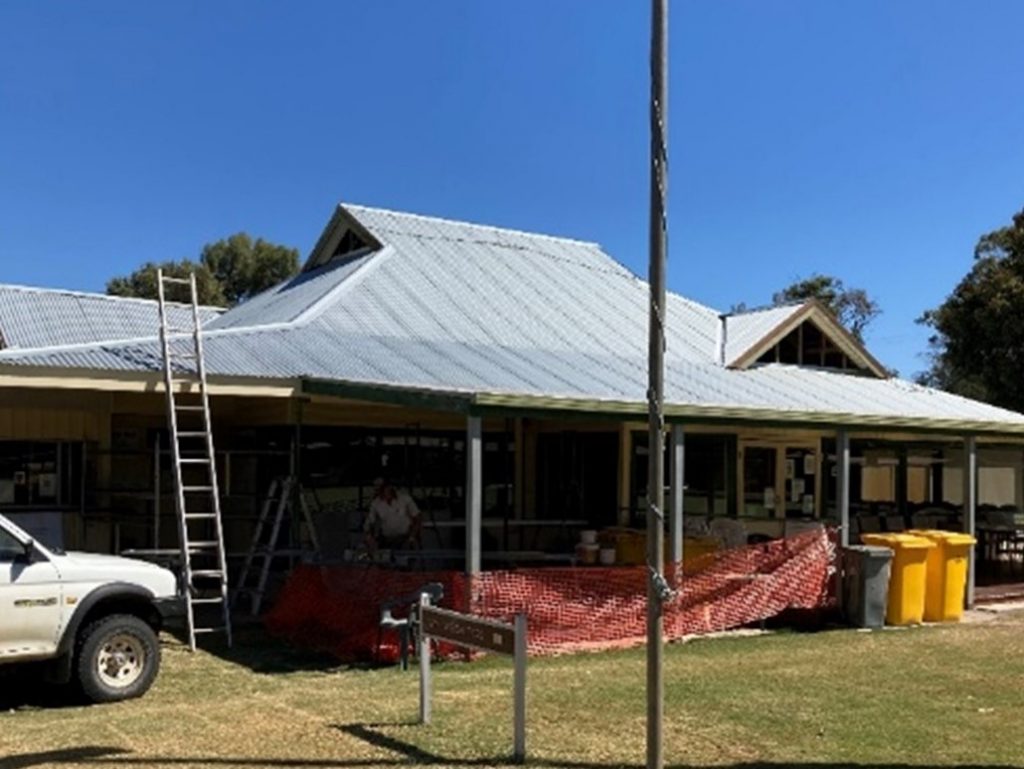
In Boyup Brook, WA, the Community Resource Centre wanted to encourage older locals to keep fit and healthy. Despite the large numbers in the area (49% of community members are over the age of 50) there was no exercise group locally catering to the older age bracket, who are at risk from a sedentary lifestyle which affects their health and puts subsequent pressure on local health services.
With four staff, 48 members and a committee of eight, the Boyup Brook Community Resource Centre (BBCRC) already plays a big part in the health and wellbeing of the community, hosting a visiting chiropractor, running a community garden, offering cancer support information and various other exercise classes.
The Centre applied to FRRR for funding to run a Seniors Exercise and Activity (SEA) Program. They felt the program would improve the cardio-fitness and mobility of elderly community members and fill an unmet need in the town, capturing “a segment of the population who will benefit from movement and activity but who don’t necessarily want to go to a more strenuous class.”
In July 2019, with a $4,419 Strengthening Rural Communities grant funded by the John T Reid Charitable Trusts, arrangements were made for the program to start. The Boyup Brook Town Hall was booked to provide a central, accessible and comfortable venue for participants. Equipment was purchased, and the class was advertised in the Boyup Gazette, on noticeboards in the community, the website, social media and also promoted by word of mouth.
Classes ran from August 2019 until June 2020, and were facilitated by CRC Manager Jodi Nield, who holds a Bachelor of Science (Sports Science) and has many years of experience in conducting similar projects. Through her position and involvement in the community, Jodi already had good rapport with local seniors.
Each session was planned to incorporate a variety of group and individual exercises, games and circuit activities that promoted fitness, flexibility, strength and balance. Participants were encouraged to exercise at their own pace with support from the instructor, and encouragement from fellow participants.
Funding also enabled the production of exercise booklets, which were a key component in enabling participants to continue their exercise at home when classes couldn’t be held face to face due to COVID-19 restrictions. Not everyone returned following the break, but the 40 sessions were still able to be conducted during the term of the project, with an average of 12 people attending each session.
“I am most proud of how the program was diverse and inclusive of disability. One participant was a leg amputee, and another an arm amputee. Others had restricted movement in knees, wrists and shoulders. Some had good levels of physical fitness, whereas others had limited fitness, however all were included in the program with alternative activities provided if required.”
Jodi Nield
Manager, Boyup Brook Community Resource Centre
This project not only improved the fitness and quality of life of these residents, but also their social connections and emotional wellbeing. Ms Nield noted that many of the participants were heading out for coffee following the sessions, and the whole community will indirectly benefit from a more connected and engaged senior demographic.

